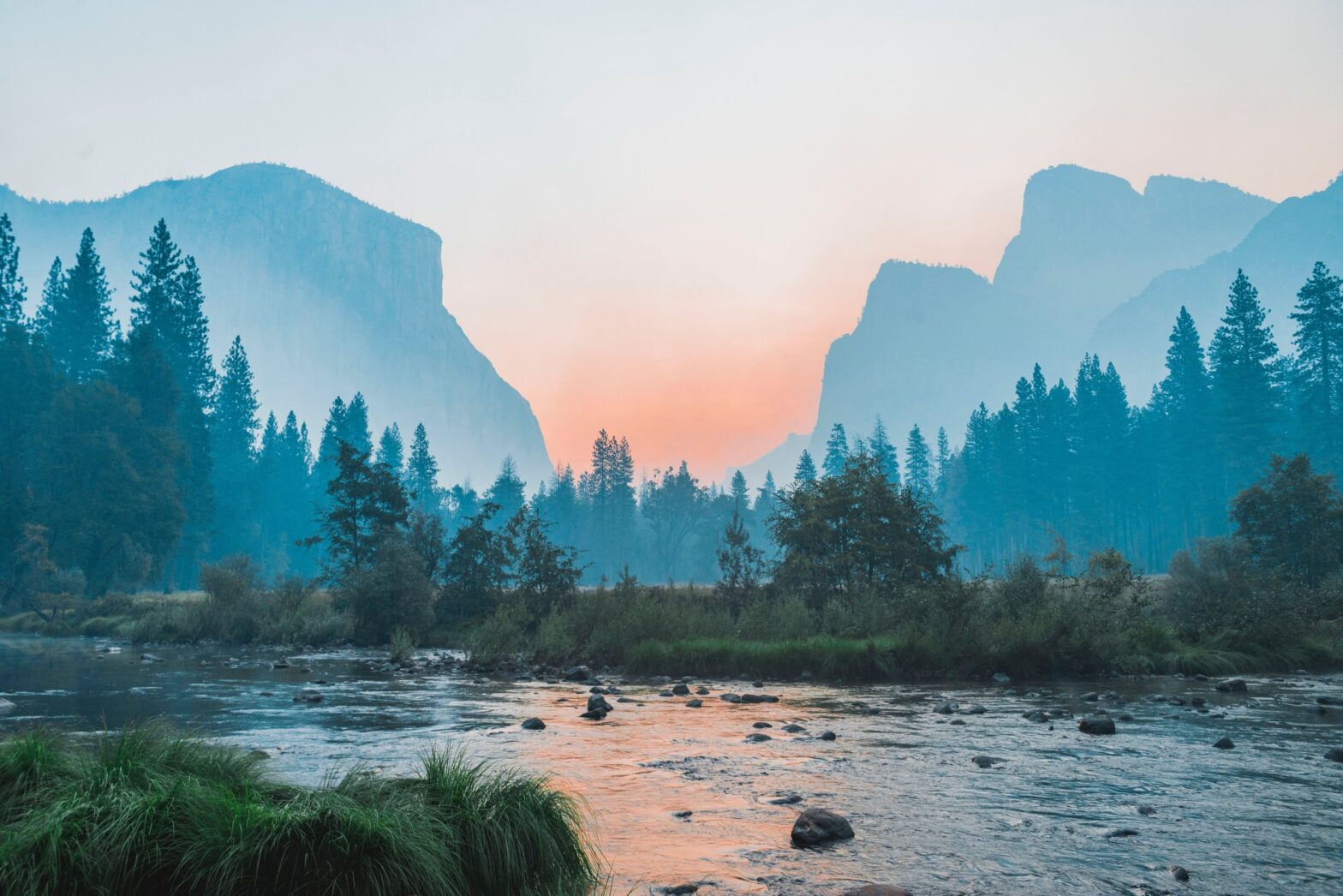Tips For Living From A Large Rock

We returned home a few weeks ago from an amazing, intimate retreat in Yosemite.
If you’ve been, you know about the space, light, and magic of the place. If you’re familiar with Ansel Adams’ work, you’ll have some visuals that, as glorious as his images are, don’t quite do Yosemite justice.
Big rocks, huge trees, great heights, sky for days, shifting light, colors, and shadows…
Spectacular.
One of the things we humans do is take mental and emotional trips to different eras. We recall past heartbreaks and triumphs, encounter former enemies and lovers, relive old hurts and more.
I’m of the opinion that that kind of recall is as much pain in the ass as it is superpower.
Let me explain.
We gather experiences and build our memory banks for many great reasons. As an itinerant hunter of memorable imagery and a learning junkie, I’m grateful for the blessings of a powerful memory. I wouldn’t want to trade it for anything!
However, things get sticky when I find myself doing that all-too-human thing of replaying events and injuries from the past in a way that clouds or dampens my experience of the present moment.
Thankfully, that doesn’t happen very often anymore. Whether that’s a function of maturity, practice, or both, I’m not sure. I’m just happy the gravitational pull to uglier scenes from yesteryear ain’t what it used to be.
That stuff can still slip through the cracks when I’m unusually tired, though the seductions to linger on or identify with it are worn out scripts. They’re also doggedly boring. Been there, done that.
Of course, there are collections of fun stories that I still enjoy telling, but they’re simply entertaining bits of history.
Back to the sticky stuff mentioned moments ago.
It isn’t unusual for folks to unconsciously identify with old insults and/or injuries in ways that keep those wounds raw, alive… and unhealed. As if, rather than being the hurtful, historical events they were, they take on a perpetual life of their own.
By the way, we all know people who have built their identity and self-image on a framework of victimhood and do their best to leverage that identity. I’m not talking about those folks.
Rather, I’m pointing to an internal aspect, a part of one’s self, that lives in a state of perpetual hurt because that’s how it learned to cope and relate when it was first injured.
If one was deeply wounded in a break-up as a young teen, for instance, and the resultant hurt was never consciously addressed and healed, the injured teen remains unattended. Only now he’s an injured inner adolescent who’s learned that the only way to get the attention of the grown-up man he lives in is to lead with his wound.
To call attention to himself, the only option the inner adolescent sees at his level of sophistication, is to tear the scab off and point out how much he’s bleeding. The man, in turn, has developed a parallel pattern of relating to the inner teen as if he’s forever hurt, forming an internal, distorted infinity loop that reinforces the wounded identity.
The inner teen doesn’t recognize who or what he’s grown into, and the man keeps reviewing the same game tapes, as if nothing was learned…
And this is where Yosemite comes in – and, by the way, anywhere in the natural world will do.
So, what does a stunning valley carved by a glacier have to tell us about how to relate to our wounded parts?
The rocks of Yosemite wear their scars for all to see, yet it would be difficult (if not impossible) to argue that their power and presence have in any way been diminished by those scars. Nor have the high cliffs hidden the scars. In fact, they all work together to make it the magical place it is today.
Yosemite wears its ancient geological history, as well as its more recent fire-caused marks, in a manner that’s so matter of fact that it’s easy to miss. That’s because, while the rock holds all its own history, there to be studied as much as it is to be climbed, viewed, or otherwise enjoyed, it only exists in the now.
In the morning it bathes in morning light. In the afternoon, the shadows are shorter. At dusk, its colors change accordingly.
In other words, whether it’s the sun or moon that lights the valley, the walls aren’t fretting over what happened the previous day, week, or million years. They are being what they are – scarred and full of grandeur at the same time.
None of us make it to adulthood without injury of some kind.
Not a one.
And I am in no way arguing for jumping over the healing work. That would be, among other things, wildly irresponsible. That work absolutely must be done.
And when it’s done, it must be allowed to be done, then placed and held in its historical context. No need to reopen it to make sure…
If we are ever to become conscious adults, our job is neither to get lost in nor deny our wounds. It is to take our cues from the world around us and do as the rocks of Yosemite demonstrate so powerfully – to own ourselves completely, moment to moment, inclusive of our scars and magnificence.